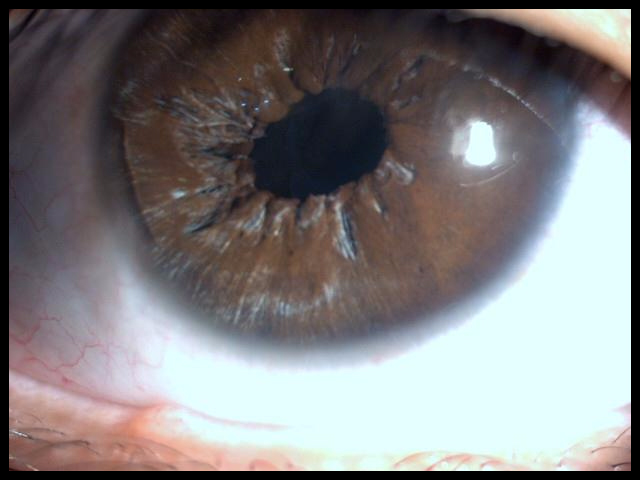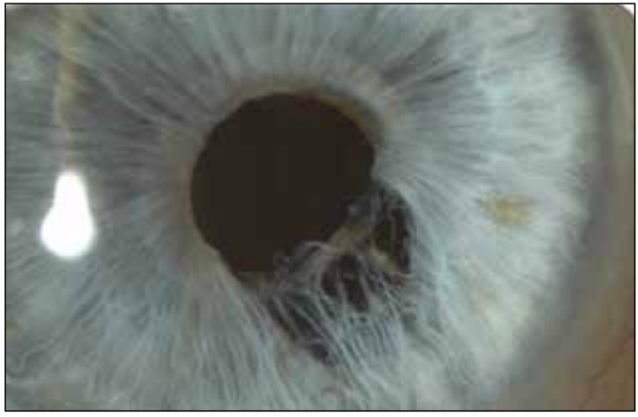


Over the course of a lifetime the cornea becomes progressively stiffer due to natural cross-linking between the fibres. The strength and rigidity of the cornea is partly determined by how strongly the fibres are linked together. The bulk of the cornea is made from collagen fibres which are arranged in bundles.

At present it is not known whether the stabilising effect of C3-R ® on Keratoconus is permanent, but the C3-R ® treatment could potentially be repeated if it was necessary. Patients who previously had progressive ectasia have now been treated and followed for up to five years without evidence of any further change in their condition. This is a new treatment that increases the stiffness and rigidity of the cornea and stabilises ectasia. Keratoconus can be treated with a relatively new procedure called Corneal Collagen Cross-linking with Riboflavin (C3-R ®). Potential Risks of C3-R Treatment for Keratoconus Topography Guided Custom Ablation Treatment for Keratoconus (T-CAT) Generally this minor haze disappears without any treatment, but a supportive therapy with appropriate topical medication can be prescribed under supervision if indicated. Only during the first 2 to 3 months after the cross-linking has a minor superficial corneal haze been observed. No unwanted side effects such as opacification of the lens or loss of endothelial cells has been reported. Post surgical corrected visual acuity improvement of 1 to 2 Snellen lines can be expected. In approximately 80% of the patients a regression of the maximal K-values (regression of the Keratoconus) has been observed. During the follow up assessments of eyes treated with collagen cross-linking, very few patients showed further progression. This procedure is performed under topical anaesthesia.Īfter an epithelium abrasion (corneal scraping), Riboflavin (vitamin B) drops are applied to the corneal surface over a period of 30 minutes and the cornea is then exposed to 365nm UV for a 30 minute period thereafter.Īfter the treatment a bandage contact lens is applied and a combination of a steroid and antibiotic drop is prescribed. Therefore the single fibres form a "denser network" which leads to an increase in the overall stability of the cornea. The treatment of Keratoconus with collagen cross-linking is based on a significant stiffening of the corneal stroma due to photochemical cross-linking of the single collagen fibres. The main structure of the corneal tissue (stroma) consists of single collagen fibres which are linked. The aim of this treatment is to stabilise the cornea and prevent the progression of Keratoconus.


 0 kommentar(er)
0 kommentar(er)
